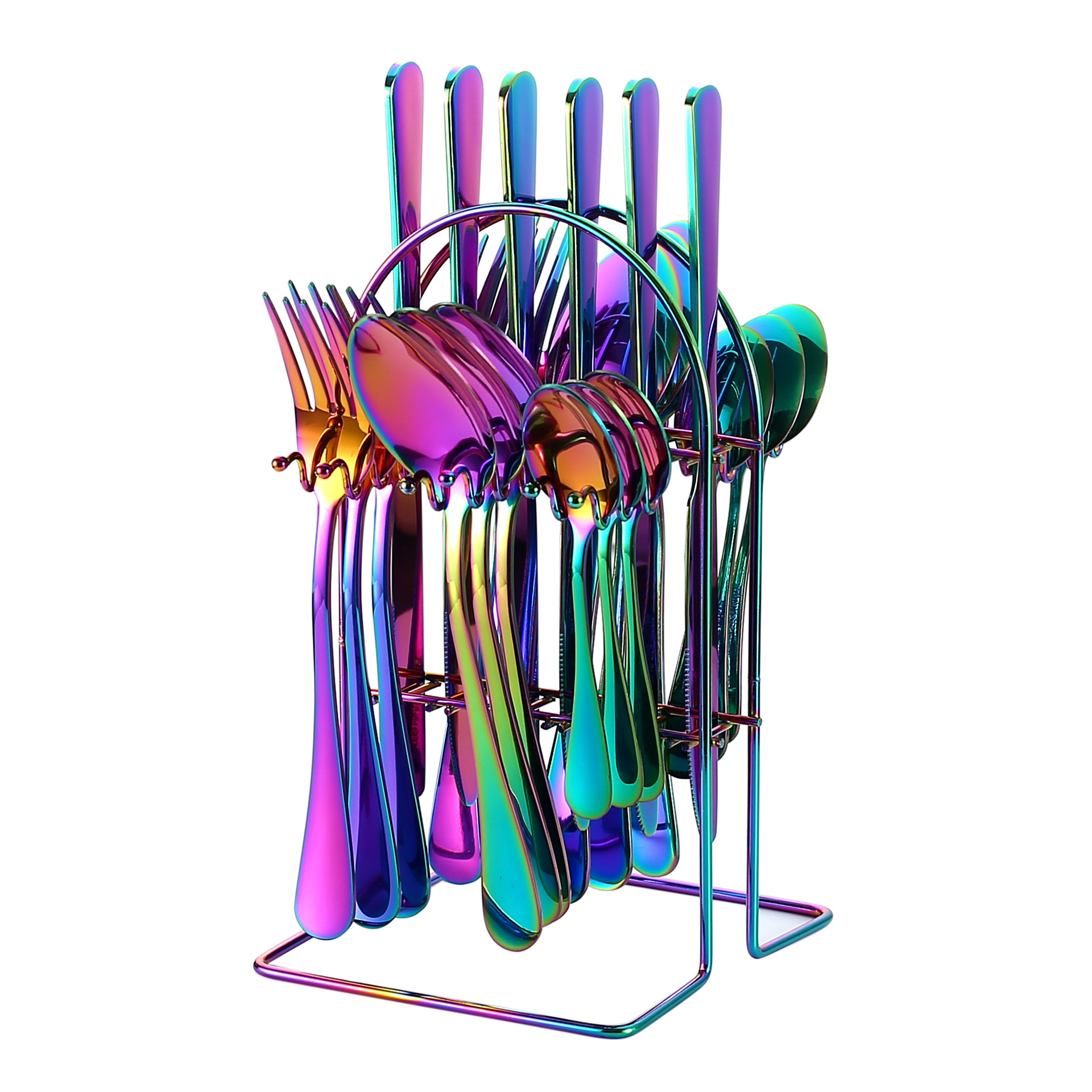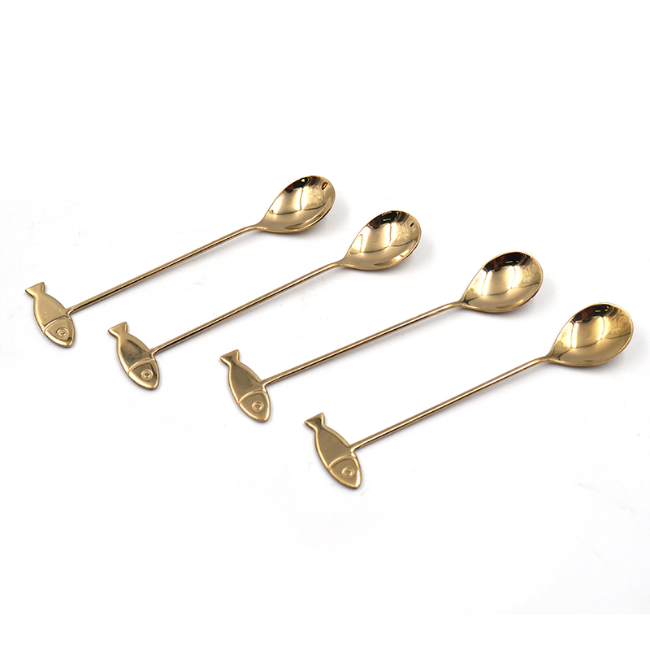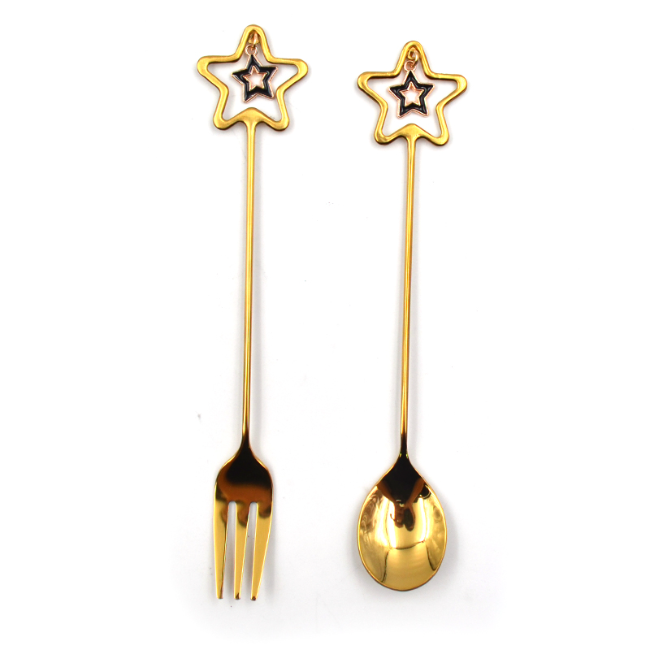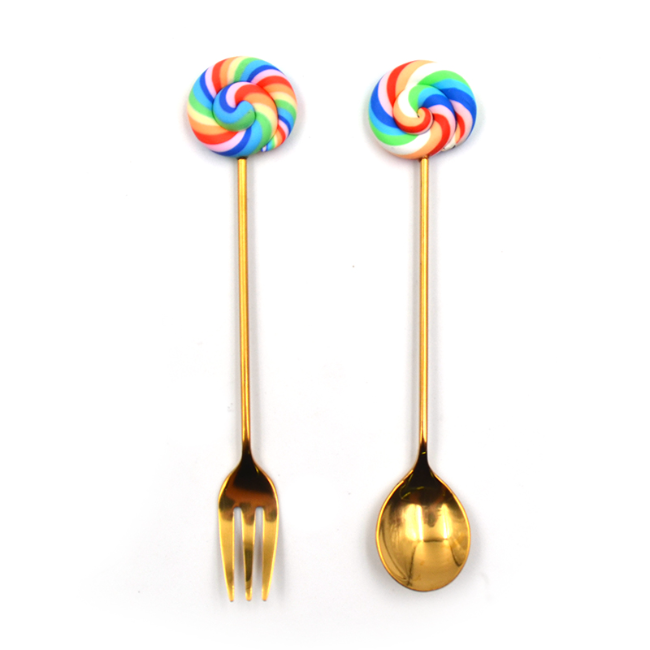
27 May
How Is Edible Cutlery Made?
How Is Edible Cutlery Made?In recent yea...
How Is Edible Cutlery Made?
In recent years, the concept of edible cutlery has gained significant popularity as a sustainable alternative to traditional plastic utensils. As the world moves toward more eco-friendly solutions, edible cutlery presents an innovative approach to reducing plastic waste while still offering a practical solution for dining. But how exactly is edible cutlery made? Let’s take a deep dive into the process and learn how these unique utensils are created.
1. Choosing the Right Ingredients
The first step in making edible cutlery is selecting the right ingredients. Unlike traditional plastic cutlery, which is made from petroleum-based plastics, edible cutlery is crafted using natural, food-grade ingredients. Some of the most common ingredients used in edible cutlery production include rice flour, wheat flour, corn starch, and even lentil flour. These ingredients are chosen because they are easily digestible and safe for consumption.
2. Mixing and Preparing the Dough
Once the ingredients are selected, they are mixed together to form a dough-like consistency. The flour and starch are combined with water and sometimes other natural binders, such as guar gum or xanthan gum, to help hold the dough together. The mixture is then kneaded to create a smooth and uniform dough that will be used to shape the utensils.
3. Shaping the Cutlery
After the dough is prepared, it is placed into molds to create the shapes of the utensils, such as forks, spoons, and knives. This process is similar to how traditional plastic cutlery is molded, but instead of molten plastic, the dough is shaped into the desired form. Some manufacturers also use 3D printing technology to create more intricate designs for their edible cutlery.
4. Baking and Hardening
Once the cutlery shapes are formed, they are baked to harden and give them the necessary structure. The baking process ensures that the cutlery becomes firm enough to be used for eating while still maintaining its edible quality. Depending on the recipe and the thickness of the dough, the baking time may vary.
5. Adding Flavor and Color
To enhance the appeal of edible cutlery, manufacturers often add flavors and colors to the dough. For instance, some edible cutlery may be flavored with herbs, spices, or even chocolate, making them a fun and flavorful addition to any meal. Additionally, natural food coloring or vegetable-based dyes can be used to give the cutlery a vibrant look.
6. Black Friday Knife Deals 2024
While edible cutlery is an exciting innovation, there’s still plenty of room for more traditional kitchen tools, such as knives. For those looking for new chef knives, Black Friday knife deals in 2024 will offer great discounts on high-quality products from various countries. Whether you're after chef knives from different countries or a special fancy spoon for dessert, you can find great bargains to add to your kitchen tools collection.
7. Homefelt’s Contribution to Innovative Cutlery
Homefelt is committed to providing high-quality cutlery, and while the company is more renowned for its custom chefs knives, it also embraces innovative products such as edible cutlery. As the world looks for more sustainable options, Homefelt is exploring how it can contribute to the growing trend of edible cutlery by developing solutions that are both practical and environmentally friendly.
Conclusion
The production of edible cutlery is an innovative solution that addresses the issue of plastic waste while still providing a functional tool for dining. From choosing the right ingredients to shaping, baking, and flavoring the cutlery, each step in the process ensures that the end product is both delicious and useful. As sustainability continues to be a top priority, edible cutlery presents an exciting option for eco-conscious consumers looking to reduce their environmental footprint.





